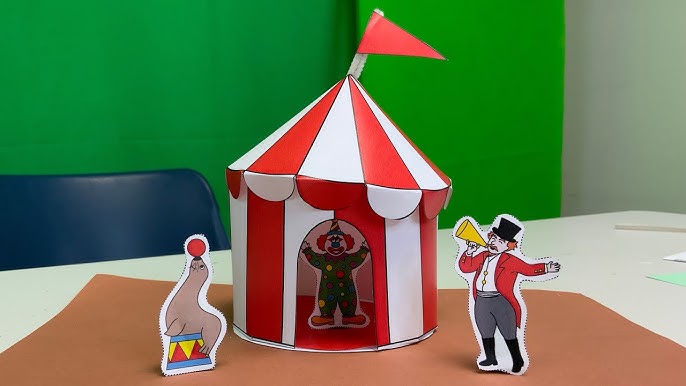Crossword puzzles are more than just a pastime; they are a symphony of words where the harmony lies in the artful arrangement of letters and the clever interplay of clues. Solving these intricate puzzles is akin to conducting a musical masterpiece, with each word serving as a note that contributes to the overall composition. The cruciverbalist, or crossword enthusiast, embarks on a journey where linguistic prowess meets deductive reasoning, creating a unique cognitive symphony. At the heart of crossword-solving is the nuanced understanding of wordplay. Cryptic clues, an integral part of many crosswords, challenge solvers to decipher layers of meaning. These clues often conceal the answer in plain sight, requiring a keen ear for linguistic nuances. The solver becomes a linguistic detective, unraveling the cleverly woven tapestry of language to reveal the concealed answers. Each clue is a melodic phrase, beckoning the solver to decipher its musical notes and compose the harmonious response.

The grid itself serves as the stage for this linguistic performance. Filled with white and black squares, it becomes a canvas where words dance to the rhythm of the solver’s intellect. The interlocking entries create a choreography of language, and filling in each square is like playing a musical note in the grand symphony of words. The crossword aficionado moves through the grid with a conductor’s precision, ensuring that each word aligns harmoniously with its neighbors. The diversity of clues adds depth to תשובות לתשבצים experience. From straightforward definitions to cryptic conundrums, each clue introduces a new instrument to the ensemble. The solver must adapt to the changing tempo, seamlessly transitioning from the staccato of quick clues to the legato of more complex constructions. This dynamic interplay of clues enriches the solving experience, turning it into a multifaceted musical journey where the solver is both composer and conductor.
Yet, the joy of solving extends beyond the mere completion of a crossword. It is the satisfaction of unraveling the puzzle’s intricate melody, the thrill of discovering the perfect word that fits snugly into the symphony. Each solved clue is a triumphant note, resonating with a sense of accomplishment. The cruciverbalist revels in the satisfaction of mastering the linguistic landscape, having navigated the twists and turns of the puzzle’s composition. In essence, solving פתרון תשחצים is an art form a symphony where words are the musical notes, and the solver is the conductor orchestrating a masterpiece. The crossword grid transforms into a musical score, and the clues become the guiding tempo. As cruciverbalists engage in this intellectual performance, they experience the harmonious convergence of language and logic, turning each puzzle into a unique and gratifying symphony of words.
